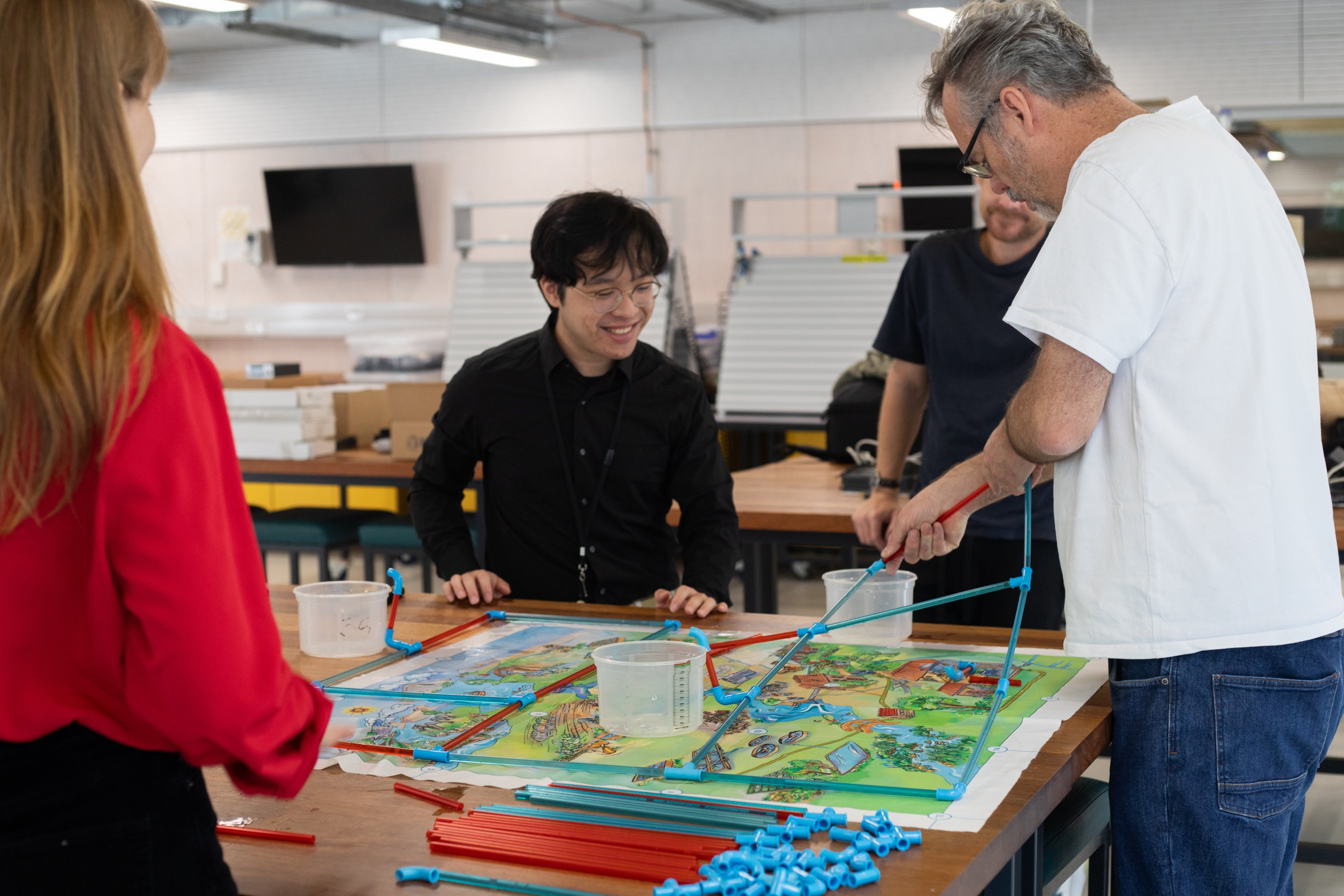
Design, engineer, conquer: Master the Art of Hydraulics with Aqualibrium!
Join thousands of students and teachers around the world taking part in the Aqualibrium challenge.
The Aqualibrium Challenge
The Aqualibrium Challenge is to distribute a volume of water equally between
three small containers placed on a background grid. To achieve this,
participants build a pipe network using two different pipe diameters and special
pipe connectors. It is great fun and all ages can participate, with no special
knowledge or experience required.
What makes the Aqualibrium Challenge unique is how it is able to facilitate
different levels of insights into to a wide range of pertinent topics such as
environmental protection, the urban water cycle, physics, mathematics and
engineering. From a humble beginning as a school outreach activity in 2003,
the Aqualibrium Challenge has grown into a stand-alone kit that is used by
schools, universities and organisations around the world.
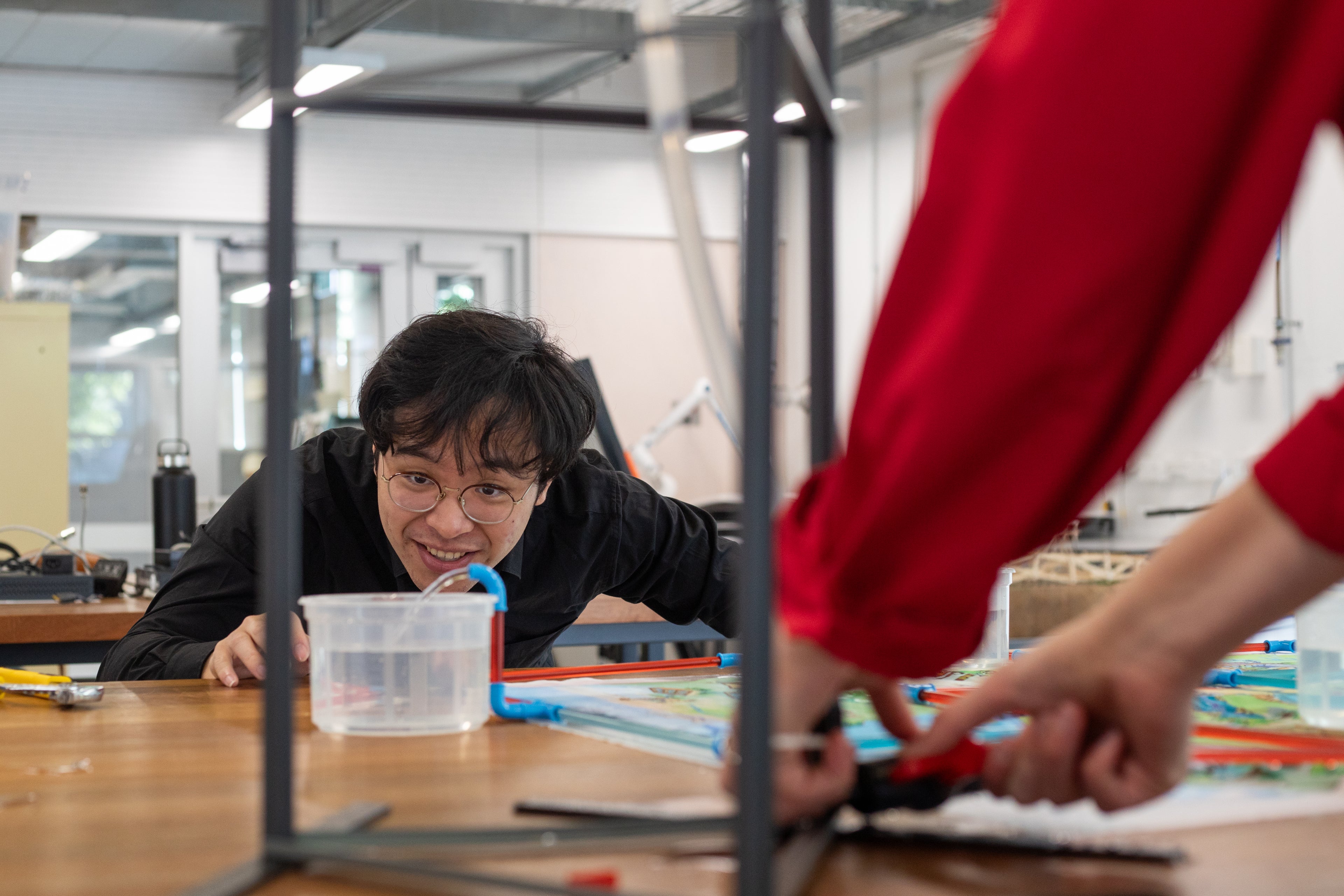

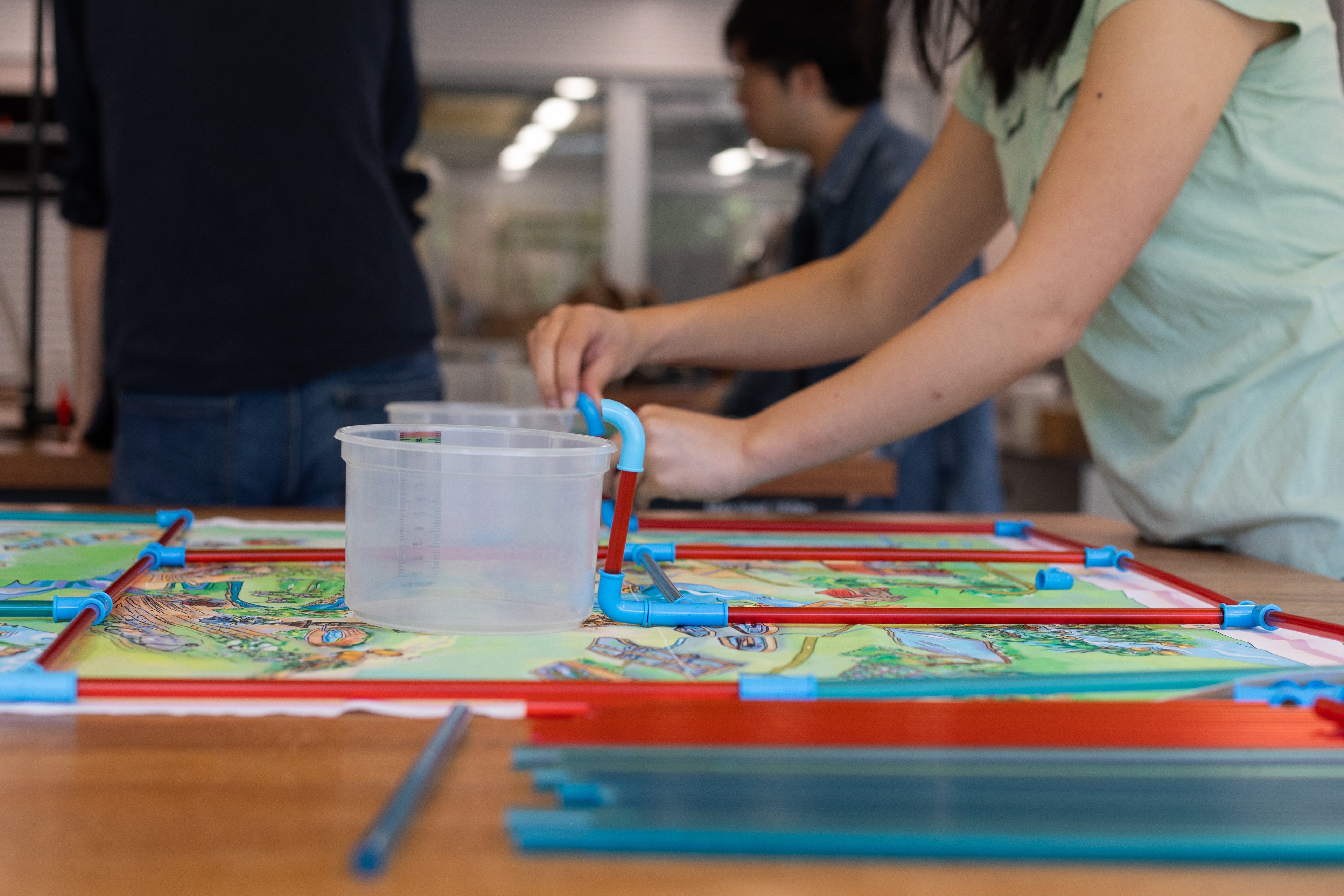

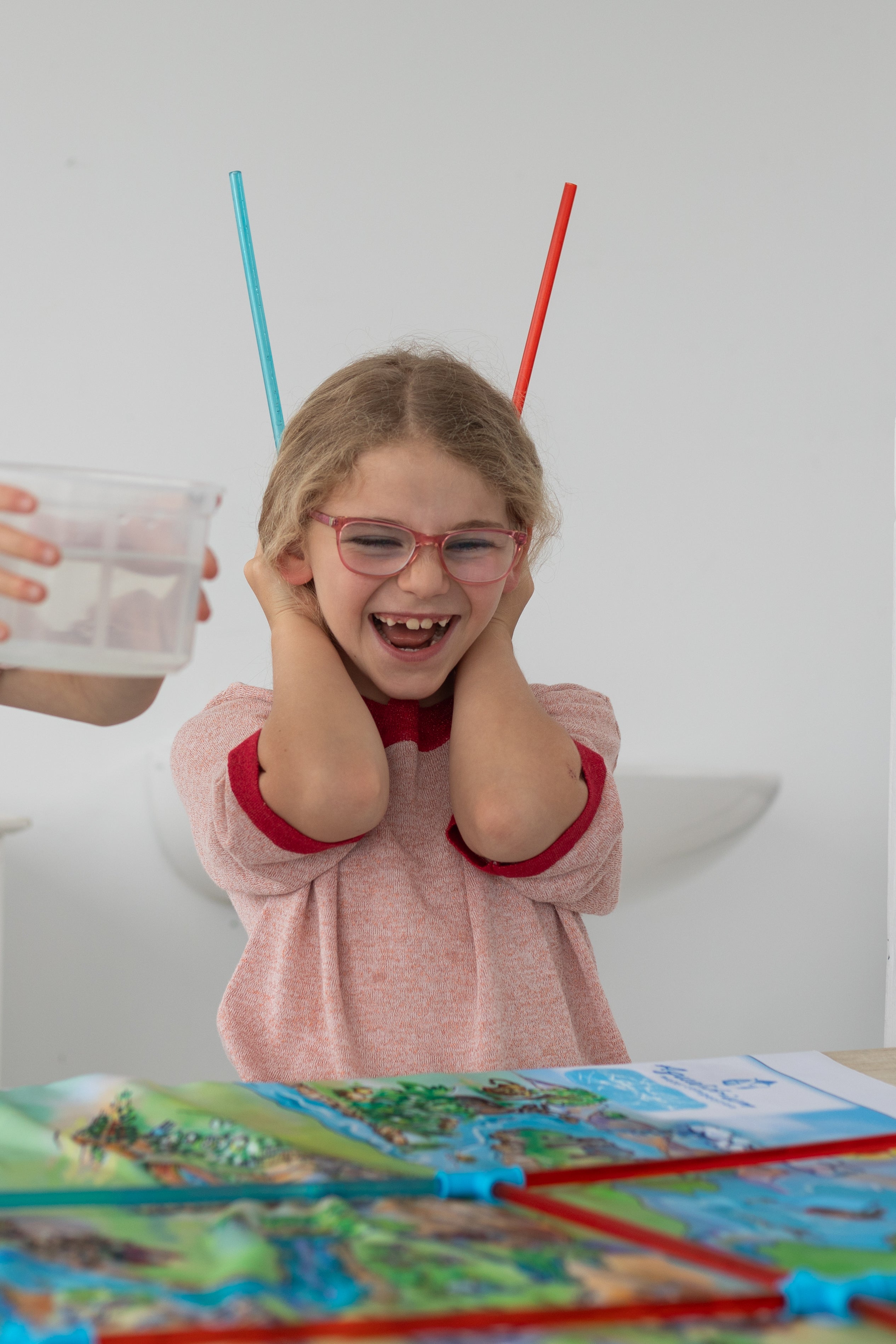
Participate in the Aqualibrium Challenge
-
FOR UNIVERSITIES
LEARN MOREThe Aqualibrium Challenge is
used by universities across the
world to teach pipe network
hydraulics and design.
Students first solve the Challenge using hydraulic network theory and software before physically building and testing their designs in the laboratory.
This activity gives students insights into hydraulics, pipe network design and the application of computer network models in engineering practice.
It also creates opportunities to expose students to advanced mathematical problems and classical network optimisation challenges such as the New York Tunnels problem. -
FOR SCHOOLS
LEARN MOREA great way for school students to
have fun while learning about
water!
For primary school students, the Aqualibrium Challenge creates an opportunity to learn about how water gets to our taps, the urban water cycle and the importance of water conservation and environmental protection.
In secondary school, this learning is deepened and expanded to include specific concepts in physics, mathematics and environmental sciences.
The Aqualibrium Challenge demonstrates the importance of STEM subjects in real-life applications, and exposes students to careers in science and engineering. -
FOR FUN
LEARN MOREThe Aqualibrium Challenge is suitable for all ages and can be used for team building, educational activities or just for the fun of it!
No prior knowledge is required and novices are able to compete against experienced teams or even water supply experts in no time.
See what happens when you change the pipe layout or diameters! Use the background artwork to identify the urban water components and problems in your own suburb! Think of ways to protect your local water resources and environment!
Or just have a great time with friends and colleagues!
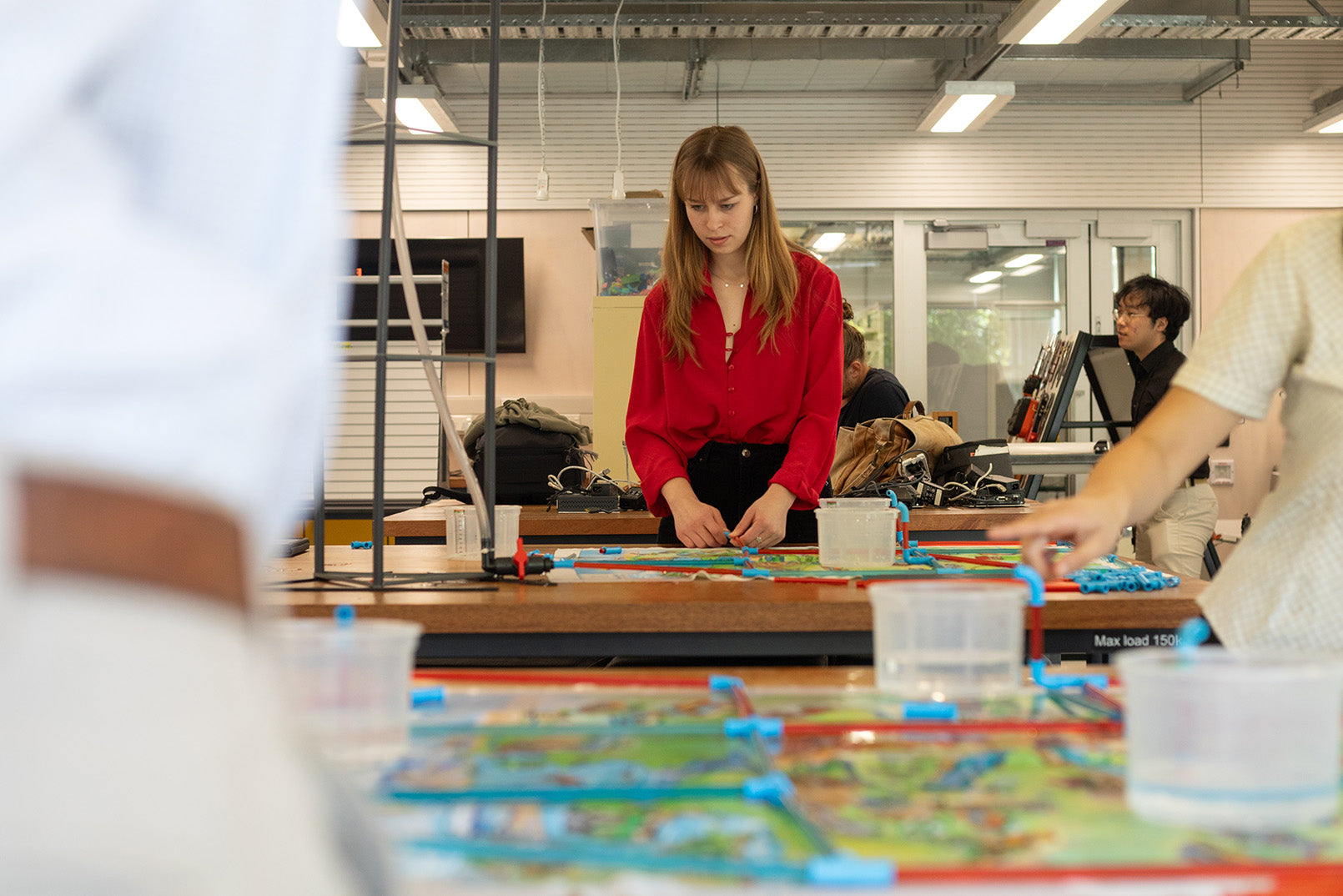
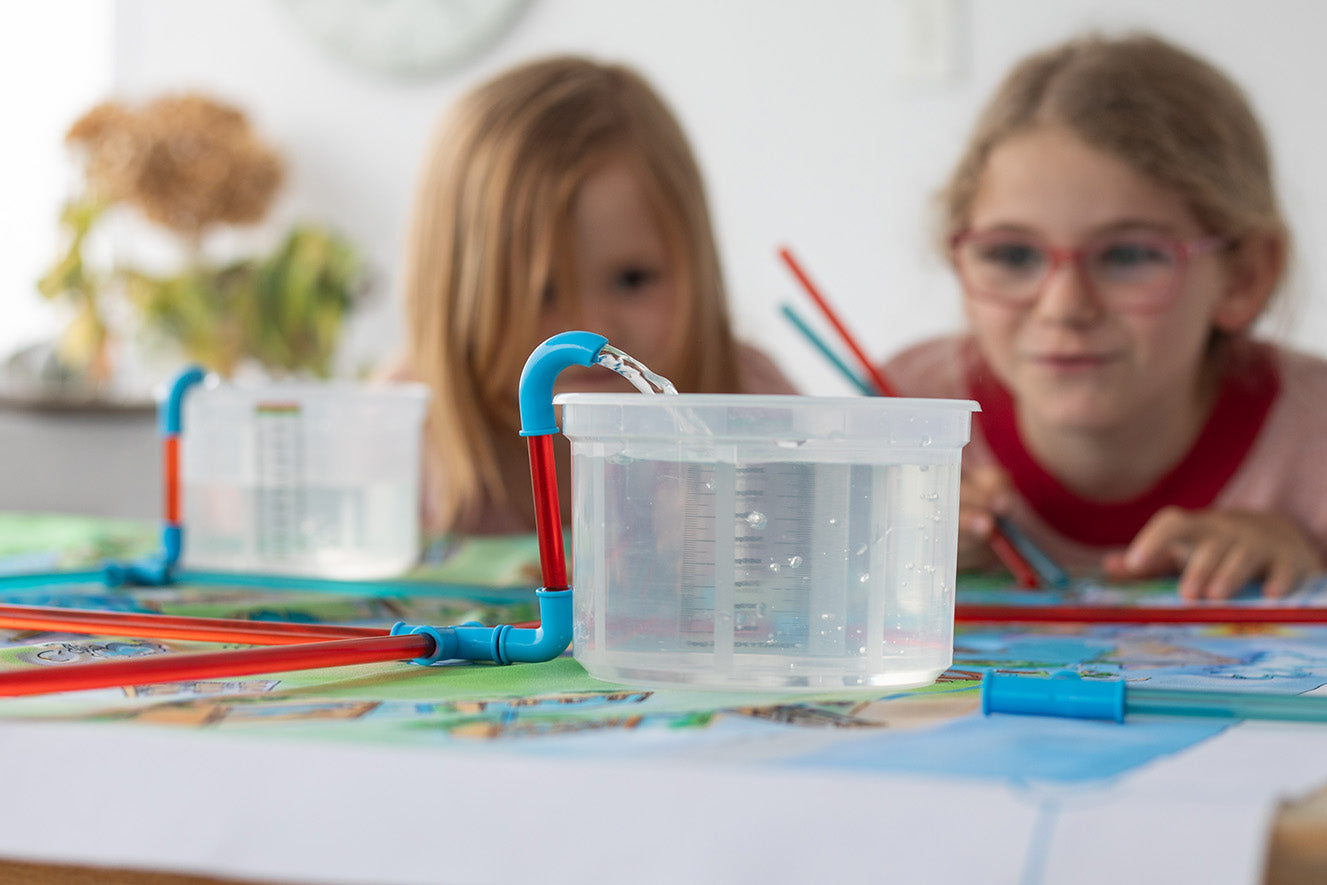
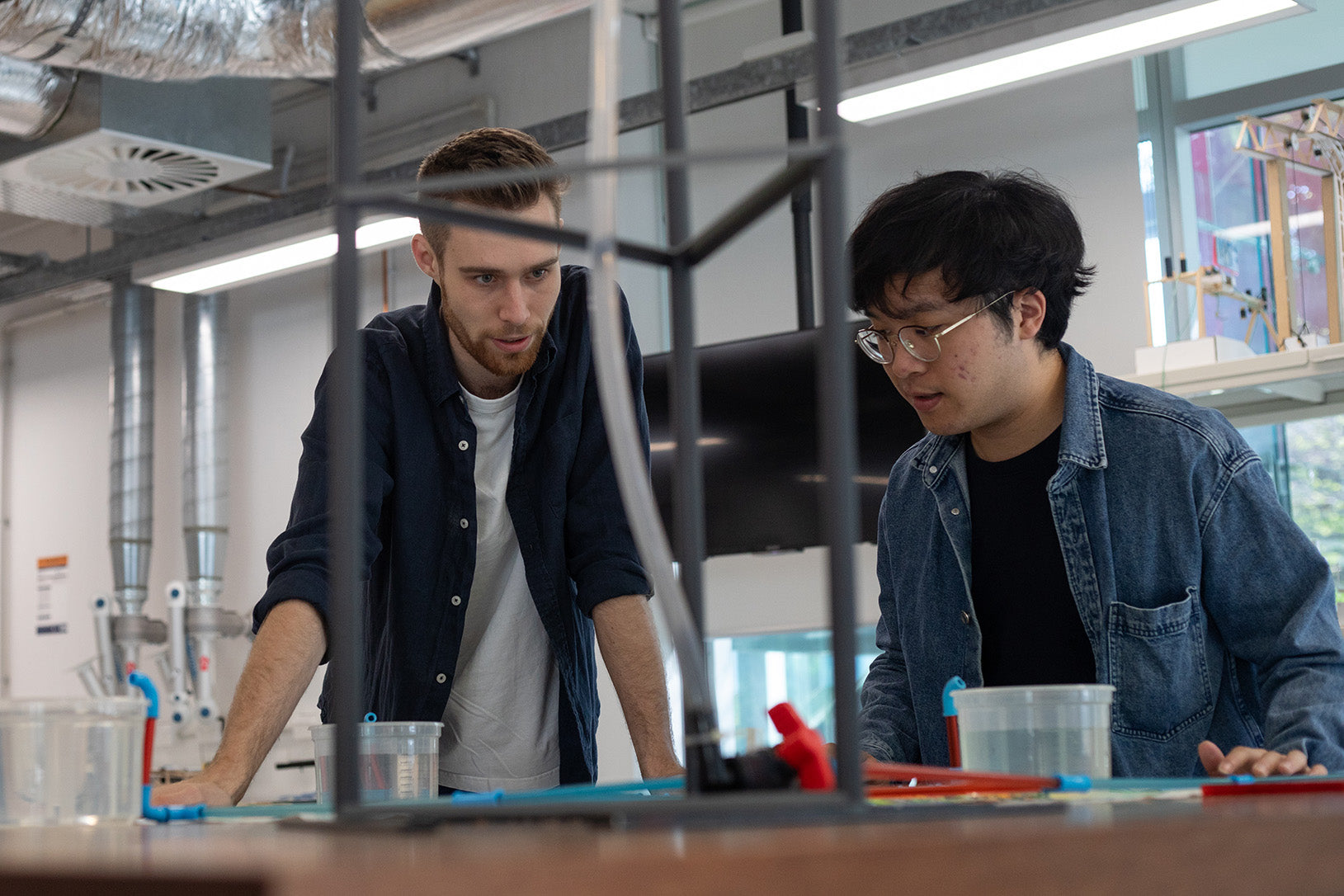
What's included in the kit?
The Aqualibrium Challenge kits come with everything you need to run the challenge. All you need to provide is a 1m x 1m table or surface. See below a list of the components included in our kit.
-

Stand
All the components to assemble a strong and sturdy stand.
-

Source Container
Holds water for the challenge and fits snugly on top of the stand.
-

Main Supply Pipe
A flexible pipe with a valve and special connectors to the source container and pipe network.
-

Small Containers and Pipe Assemblies
Three small containers with special container pipe assemblies that connect them to the pipe network.
-

Network Pipes
Transparent red and blue pipes with large and small internal diameters respectively.
-

Connectors
Cross, T, elbow and straight connectors allowing different networks to be built.
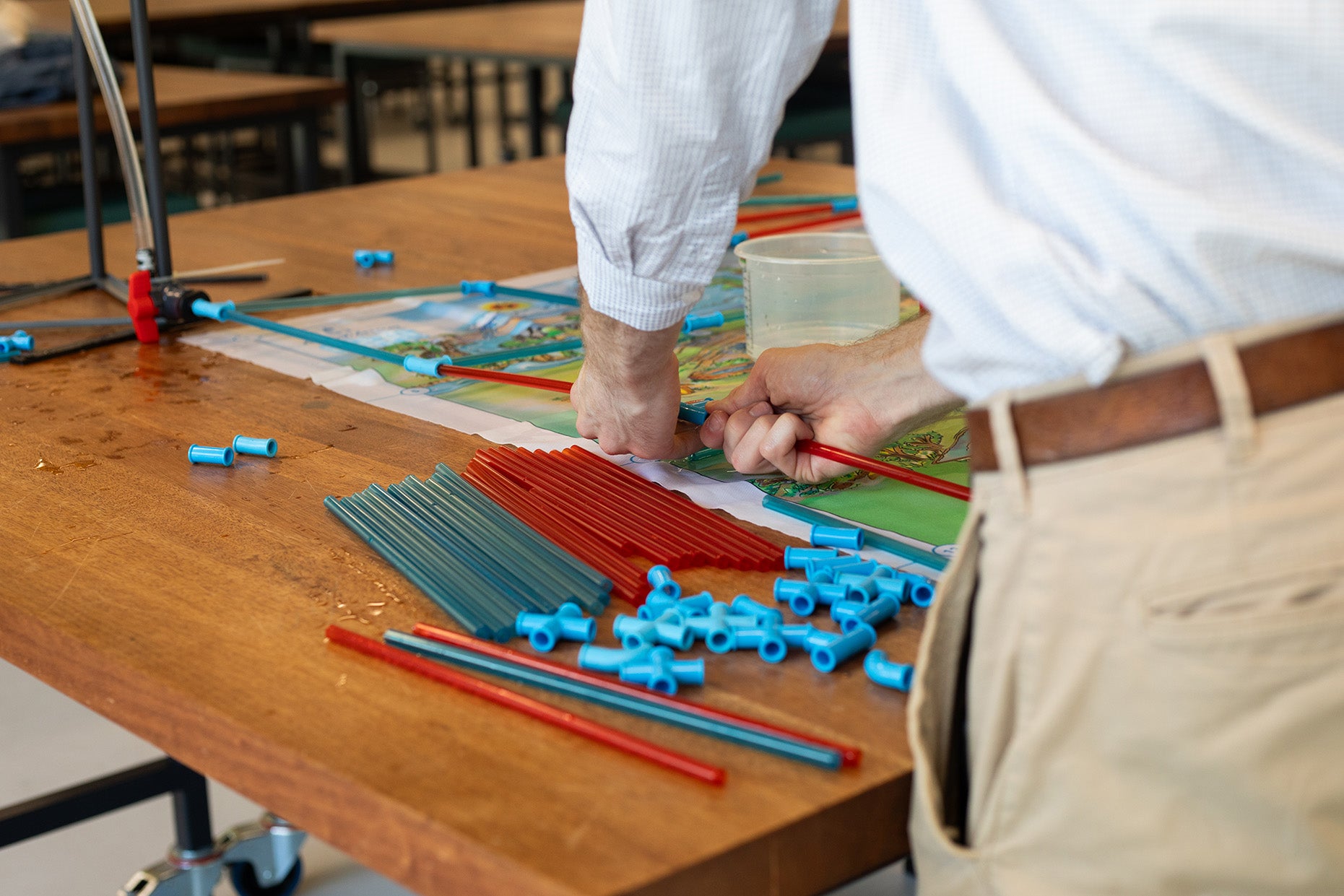
Have a question?
How do I get my hands on an Aqualibrium kit?
You can purchase an Aqualibrium kit from our online shop.
Is the challenge just for students?
No, anybody can participate in the Aqualibrium challenge! No special
knowledge or experience is required.
What ages can participate?
The Aqualibrium challenge is great fun for anybody between the ages of 6 and
106! No special knowledge or skills are required.
Can I make my own Aqualibrium components?
Yes, you can. The Aqualibrium challenge was created in 2003 using
components available from hardware and aquarium stores, and you can do the
same if you look for components available in your area. However, consider this
carefully as it takes a lot of work and it’s often more expensive than purchasing
a purpose-made Aqualibrium kit, developed and improved over the last 20
years, from our store. An alternative is to make certain components yourself
and purchase others from our store. Different options are available to for this
purpose.

"This is one of the only few competitions where theory and practice in Science and Maths really come together."
Dr James Hlongwane - CEO of the National Science and Technology Forum, South Africa
The Latest from our Blog
-

2024 SAICE National Final Aqualibrium Challenge
The South African Institution of Civil Engineering (SAICE) hosted the 2024 National Final Competition of the Aqualibrium Challenge for secondary schools in South Africa.
2024 SAICE National Final Aqualibrium Challenge
The South African Institution of Civil Engineering (SAICE) hosted the 2024 National Final Competition of the Aqualibrium Challenge for secondary schools in South Africa.
-

Aqualibrium at The University of Perugia Italy
Students at The University of Perugia Italy enjoying their participation in our Aqualibrium Challenge!
Aqualibrium at The University of Perugia Italy
Students at The University of Perugia Italy enjoying their participation in our Aqualibrium Challenge!
-

Science Spinners Careers Expo NZ - Watercare Us...
Watercare using the Aqualibrium competition at the Science Spinners Careers Expo for Māori and Pacifica High School students. They asked students to work out which of the reservoirs would fill...
Science Spinners Careers Expo NZ - Watercare Us...
Watercare using the Aqualibrium competition at the Science Spinners Careers Expo for Māori and Pacifica High School students. They asked students to work out which of the reservoirs would fill...



